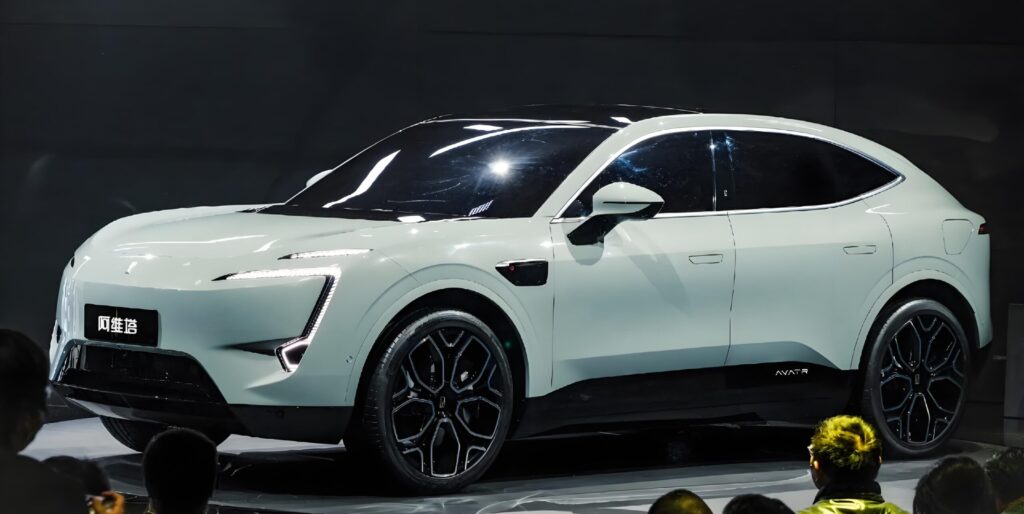Changan’s New Name ‘Chenzhi’: The Real Reason It’s Betting Everything on the Huawei Alliance
Blog Post 5 of 5
“You can’t buy a century of heritage, but you can buy world-class technology.”
We’ve previously analyzed this as the core strategy behind AVATR, the premium brand from China’s Changan Automobile. But recently, Changan’s holding company abruptly changed its name to the unfamiliar “Chenzhi Auto Technology.” Why now? This is no mere administrative update; it’s definitive proof of the real reason they are forced to bet everything on their alliance with Huawei.

Reaffirming the Strategy: The ‘CHN Avengers’ Alliance
First, let’s recap their strategy. Instead of relying on its own less-than-premium brand name, AVATR leverages the power of the ‘CHN Alliance’.
- Brain: Huawei – Designs the entire intelligence stack, from software to autonomous driving.
- Heart: CATL – The world’s #1 battery maker ensures stability and performance.
- Body: Changan – Provides the mass-production expertise to assemble it all.
This is a logic-driven proposition, not an emotional one. But this clever strategy has always been shadowed by a fundamental question: “So, what part of this is actually Changan?”
The Unveiled Motive: Not a Name Change, but a DNA Change
The key to the name change isn’t the name itself, but the context behind it. The automotive division has been completely spun off from its long-time parent, the massive state-owned defense conglomerate “China South Industries Group Corporation.”
- Shedding the ‘Military-Owned’ Baggage: This is a crucial strategic move for global expansion, especially into Europe. The “military-owned automaker” label is a magnet for political risk and data security controversies. There was a cold, hard realization that without severing this tie, achieving ‘global premium’ status would be impossible.
- Declaring a ‘Tech’ Identity: It’s no coincidence that the new holding company name includes “科技 (Kējì / Technology)”. This is an official declaration: “We are no longer a legacy state-owned manufacturer, but a technology company that works with partners like Huawei.” It’s a powerful signal to the organization, investors, and the market.
Ultimately, this spin-off and name change are the preparatory groundwork to ensure the success of the ‘CHN Alliance’ strategy. It’s an expression of their will to change their very DNA.
And Yet, the Wall of Reality Remains High
Even with this massive restructuring, the real-world challenges facing AVATR have not disappeared.
- The Identity Dilemma: The “Is it a Huawei car?” critique persists, alongside sales figures that still lag behind competitors like ZEEKR and NIO.
- A Fragile Alliance: With Huawei heavily promoting its own AITO brand, the partnership’s priority can shift at any moment.
- The Wall of Trust: In the European market, “Made in China” still struggles to overcome the immense value of brand symbolism and the deep-seated concerns over data security.
Conclusion: A Blueprint for a Latecomer’s Survival
Changan’s spin-off and rebranding make it clear that the AVATR venture is not just a new car launch. It is a profound, radical restructuring process of an underdog fighting to survive in the global premium market.
By choosing a ‘tech alliance’ over building ‘heritage’, and then removing ‘political risk’ to support that strategy, their actions have become a critical case study in how the competitive landscape of the auto industry is shifting. Perhaps the most powerful brands of the future won’t be the ones with the longest history, but the ones that can build the most effective alliances and transform themselves to match.